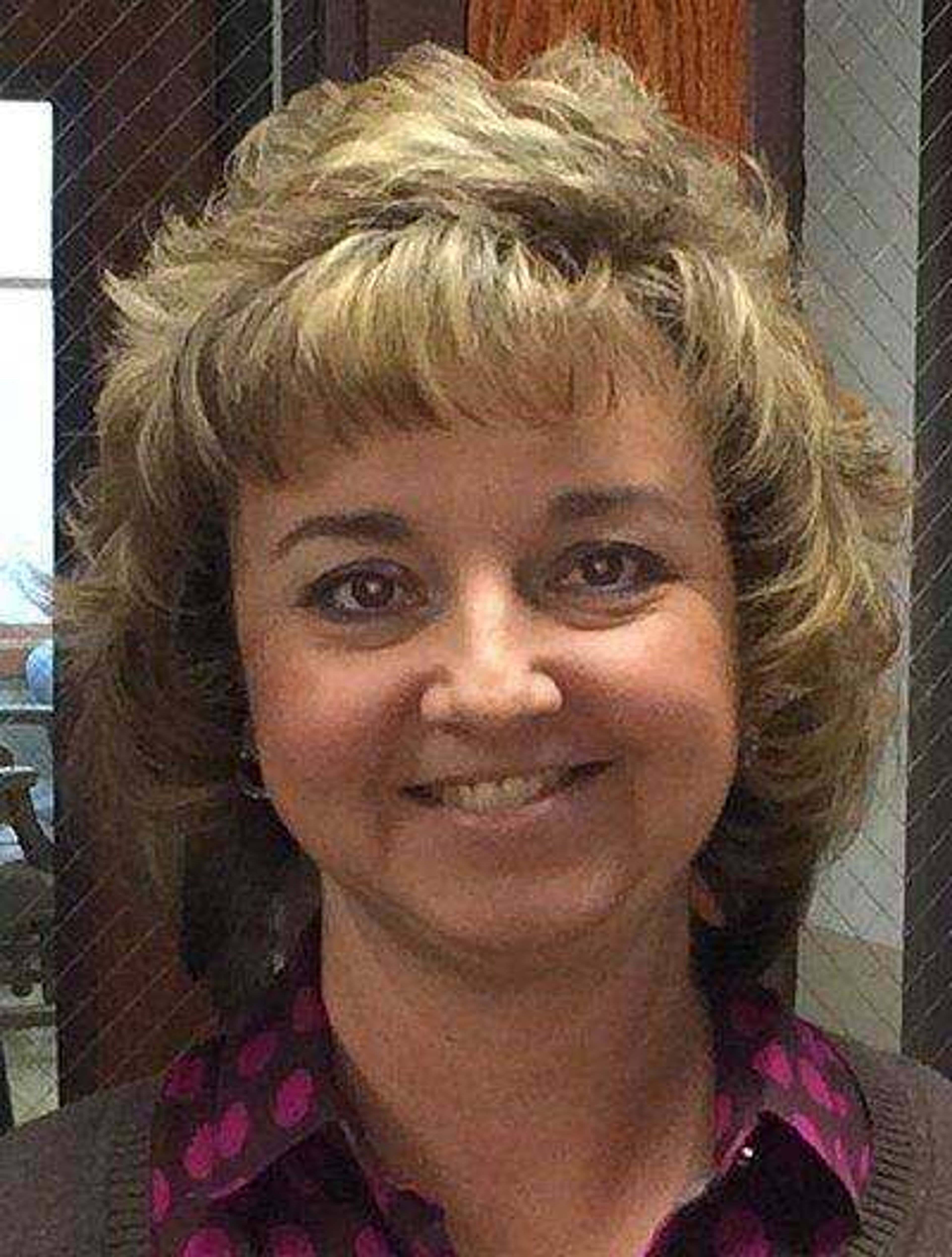One small certification for man ... one great lesson for mankind
When the items arrive to Cape Girardeau, they're escorted by a police officer and stored in a secure vault at a local bank. They're not made of silver or gold, nor are they diamonds. They are, however, considered a national treasure and have traveled a long way from home -- 238,885 miles, to be exact...
When the items arrive to Cape Girardeau, they're escorted by a police officer and stored in a secure vault at a local bank.
They're not made of silver or gold, nor are they diamonds. They are, however, considered a national treasure and have traveled a long way from home -- 238,885 miles, to be exact.
During their brief visit, they're examined under magnifying glasses in a first-grade classroom at St. Vincent de Paul Parish School as students learn about space.
It's just one of several perks that comes with having a teacher who earned her certification from NASA to be a moon-rock handler.
About nine years ago, teacher Lynne Karnes was among about five people in Cape Girardeau to earn her certification. At the time, the two-night course was being offered to educators by the NASA Educator Resource Center at Southeast Missouri State University.
Karnes said her class does a unit on space every year, and the certification was the only way to bring moon rocks to the classroom.
She had to undergo a background check, prove she could provide security for the rocks, give references and send a copy of her diploma.
There's also a list of instructions for what she can and cannot do with the moon rocks, and she must ensure they're not unsealed, exposed to certain chemicals or radioactivity or placed in a magnetic field.
With the certification, she can apply to receive the moon rocks each spring, but they're in such high demand, she said, they're not always available.
Between 1969 and 1972, six Apollo missions brought back 842 pounds of rocks, core samples, pebbles, sand and dust from the lunar surface, according to NASA. The six space flights returned 2,200 samples from six exploration sites on the moon.
Nearly 400 samples are distributed each year for research and teaching projects.
Karnes has applied for and received a disc of six small samples in past years. The moon rocks are compared to earth rocks by students, and they also learn about the astronauts who collected each sample.
Karnes' certification, she said, also opened other doors with NASA.
One year, the classroom got ant farms made of gel, and a space shuttle that was in orbit had the same type of ant farm.
Through a live feed from the shuttle that was broadcast to schools throughout the country, the astronauts and students compared how ants on earth tunneled and how ants on the space shuttle tunneled.
"Another year, they sent us seeds that had been on the space shuttle and exposed to zero gravity," she said. "We were supposed to come up with a way that the seeds could grow on the moon and had to come up with some kind of chamber and a way to have oxygen and water to help farming. We actually submitted ideas to them. The kids sure liked thinking about it."
The students had two packages of seeds -- one that had been exposed to zero gravity and one that hadn't. Without knowing which seeds were which, the students compared how well they grew and wrote about the results.
Karnes said her class plants seeds every year, but "this gave it a whole new life."
With funding cuts to NASA's space program, the projects have become less frequent.
But the students have done weather watching since, she said, and submit information to NASA about what the weather is like on the ground.
"The kids always think it's cool, because I always tell them they're working for NASA," she said, adding the 6- and 7-year-old students take their jobs very seriously.
Each year, the students do a project in which they discuss what they want to be when they grow up. Karnes said she always has a couple of aspiring scientists and even astronauts.
"I want them to think outside the box," she said. "I want to give them lots of possibilities. I want them to be able to explore and create and do things like that.
"That's what the moon rocks are really about. It's just another way to inspire them and let them use their imagination."
klamb@semissourian.com
(573) 388-3639
Pertinent address:
Cape Girardeau, Mo.
Connect with the Southeast Missourian Newsroom:
For corrections to this story or other insights for the editor, click here. To submit a letter to the editor, click here. To learn about the Southeast Missourian’s AI Policy, click here.










